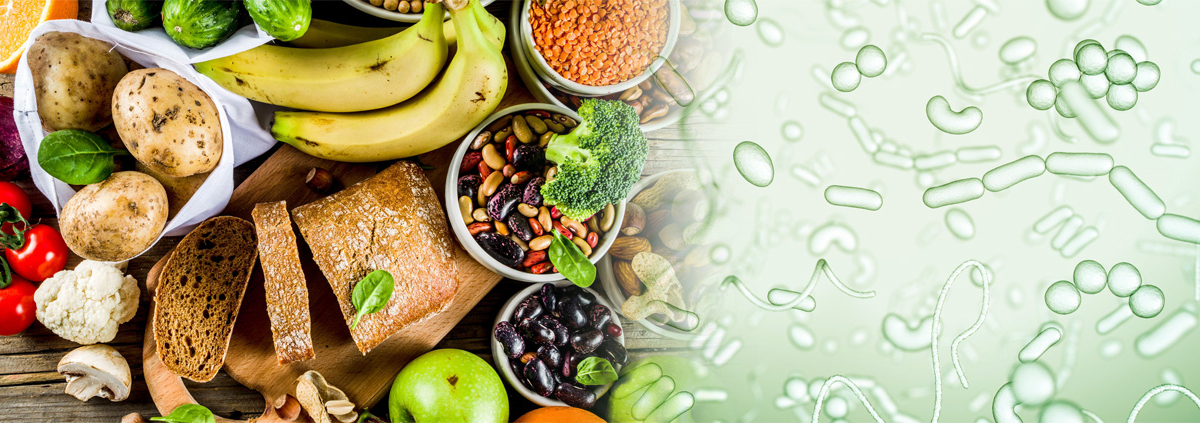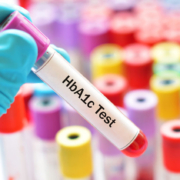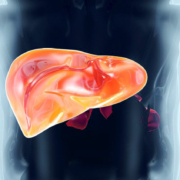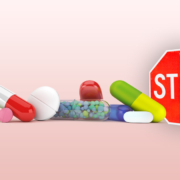Does Fiber Improve Your Microbiome?
Now let’s look at the results of increasing dietary fiber for people with diabetes. Researchers recruited over 50 type 2 diabetics (T2D) for a 12-week study. The control group was given standard recommendations for a healthy diabetic diet. All current medications were maintained and both groups received acarbose, a starch blocker. The experimental group was put on a diet of prepared high-fiber foods and a diet higher in vegetables and fruits. Stool samples were collected periodically to assess the impact of the diet on the microbiome.
While the variables were straightforward, the analytic techniques were extraordinarily complex. It’s easy to say you want to examine the microbiome, but that’s not simple to do with thousands of types of microbes to analyze. Several types of bacteria from different species responded to the increase in fiber: bacteria that produced short-chain fatty acids (SCFA). The SCFAs are important because they feed the cells in the gut that do all the work during digestion and absorption.
HbA1c levels decreased faster and in a higher percentage of subjects in the experimental group than the control group. The fiber group also lost more weight and their blood lipids improved more than controls.
This was a small study, limited by the complexity of analyzing the microbiome, but the improvement in T2D simply due to an increase in fiber from foods is important. One more thing: this was a Chinese study, so typical high fiber foods from China were used. Is that important? We’ll find out Saturday.
What are you prepared to do today?
Dr. Chet
Reference: Science. 2018. 359:1151–1156.









